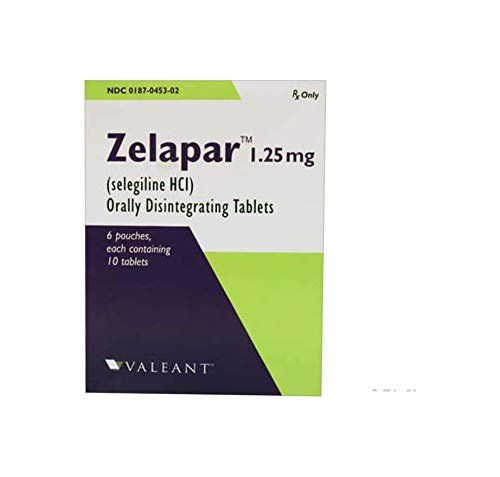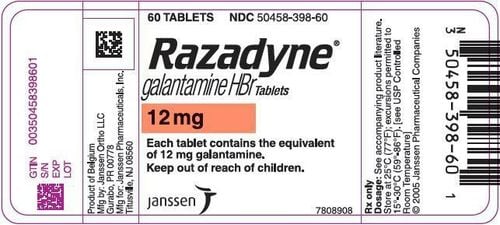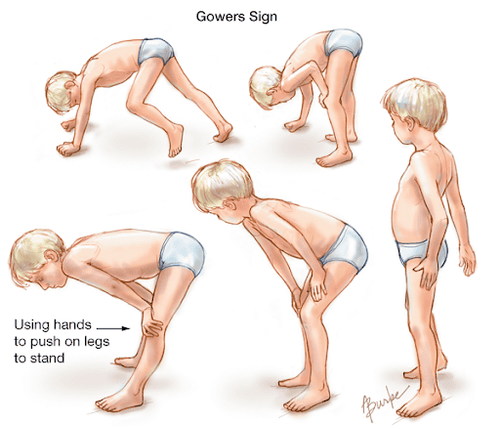This is an automatically translated article.
Heterochromic leukemic dystrophy is an inherited metabolic disorder. This is a dangerous muscular dystrophy because if not treated in time, it can lead to paralysis, cognitive impairment and even death.
1. What is heterochromic leukocyte dystrophy?
Heterochromic leukemic dystrophy is a fairly rare genetic disease that directly affects the production of fatty substances (lipids) that accumulate in cells, especially in the brain, spinal cord and peripheral nerves. This buildup is caused by a lack of an enzyme that helps break down lipids called sulfates. The brain and nervous system gradually lose function because the layer of material that covers and protects nerve cells (myelin sheath) is damaged. There are three forms of heterochromic leukocytosis, associated with different ages: Late infancy, adolescence, and adulthood. The infant type is the most common and grows faster than the others. Currently there is no cure for metachromatic leukemia. Depending on the type and age of the disease, early recognition and treatment of heterochromic dystrophy can help control some of the signs and symptoms and delay disease progression.
2. Manifestations of heterochromic leukemic dystrophy
Damage to the protective myelin sheath covering the nerves leads to a gradual decline in the functions of the brain and nervous system. Manifestations of heterochromic dystrophy include:
Loss of the ability to perceive sensations, such as touch, pain, heat and sound Loss of memory, difficulty thinking and memory loss Stiffness, stiff muscles, poor muscle function and paralysis Loss of bladder and bowel function Gallbladder problems, blindness, hearing loss, seizures Emotional and behavioral problems, including instability Emotions and Substance Abuse Each form of heterochromic leukocytosis occurs at a different age and may have different initial signs, symptoms, and rates of progressive heterochromic dystrophy
In infants: This is the most common form of heterochromic leukocytosis, which begins at 2 years of age or younger. The loss of language and muscle function in children with heterochromic dystrophy develops rapidly. Children in this form usually do not survive infancy. In adolescents: The second most common form, starting in children between the ages of 3 and 16. Early signs are behavioral and cognitive problems and are more difficult at school. Children with heterochromic leukodystrophy may not be able to walk. Although the juvenile type does not progress as rapidly as in late infancy, survival time after onset of symptoms is usually less than 20 years.
In adults : Heterochromic leukocytosis in adults is less common and usually begins after the age of 16 years. Symptoms develop slowly and may begin with behavioral and psychological problems, drug and alcohol abuse, problems at school, work, and school. Symptoms of delusions and hallucinations may appear. The course of disease development is variable, with a period of stable symptoms and a period of rapid functional decline. Adults with heterochromic leukocytosis can survive for decades after the initial symptoms appear.

Loạn dưỡng bạch cầu dị sắc có thể khiến người bệnh xuất hiện hoang tưởng và ảo giác
3. Diagnostic methods for muscular dystrophy
Nerve conduction study: This test measures functional and electrical nerve impulses in muscles and nerves by passing small electrical currents through electrodes on the skin. Your doctor may use this test to look for nerve damage (peripheral neuropathy), which is common in patients with heterochromia. Magnetic resonance imaging (MRI): Test that uses strong magnets and radio waves to create detailed images of the brain. They were able to identify the characteristic striped pattern of abnormal white matter in the brain. Psychological and cognitive testing: Your doctor may assess your thinking and mental abilities (cognitive) and assess behavior. These tests can help identify conditions that affect brain function. Mental and behavioral problems may be the first sign of heterochromia in adolescents and adults.
4. Becker's muscular dystrophy
Becker muscular dystrophy, also known as benign pseudomuscular atrophy, is an inherited disease of the common muscular dystrophy group. The disease involves the dystrophin gene, which is located on the X chromosome, and has an X-linked recessive mutation. Becker muscular dystrophy develops due to a mutation in the dystrophin gene that encodes dystrophin. This disease usually affects the voluntary muscles. Usually the thighs, hips, heart, and shoulders. In addition, the disease affects boys more than girls. The disease is characterized by progressive muscle weakness that begins in the legs and spreads to the pelvis and many other areas.
Becker muscular dystrophy directly affects patients' daily activities. Their limbs are severely weakened, making it difficult to move around as usual. Patients tend to walk on tiptoes, have difficulty squatting. Especially patients with severe muscular dystrophy are prone to scoliosis, difficulty breathing, or cramps,...
If you have a need for consultation and examination at Vinmec Hospitals under the national health system, you Please book an appointment on the website (vinmec.com) for the best service.
Please dial HOTLINE for more information or register for an appointment HERE. Download MyVinmec app to make appointments faster and to manage your bookings easily.













